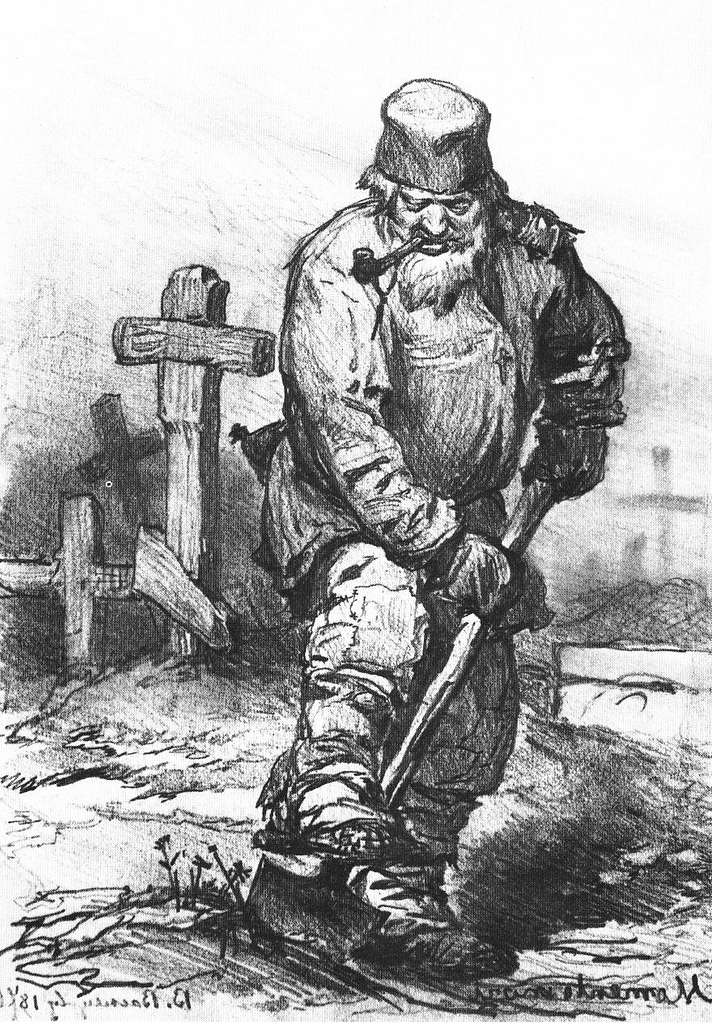Animal Spirits return
- Jeremiah McCoy
- January 23, 2025
Exploring Exploration
- Jeremiah McCoy
- January 14, 2025
Under the Cloak of Magic
- Jeremiah McCoy
- January 1, 2025
Oath of the Grave redux
- Jeremiah McCoy
- December 23, 2024
The Many Settings of Dungeons and Dragons part 2
- Jeremiah McCoy
- December 9, 2018
The Many Settings of Dungeons and Dragons part 1
- Jeremiah McCoy
- November 28, 2018








